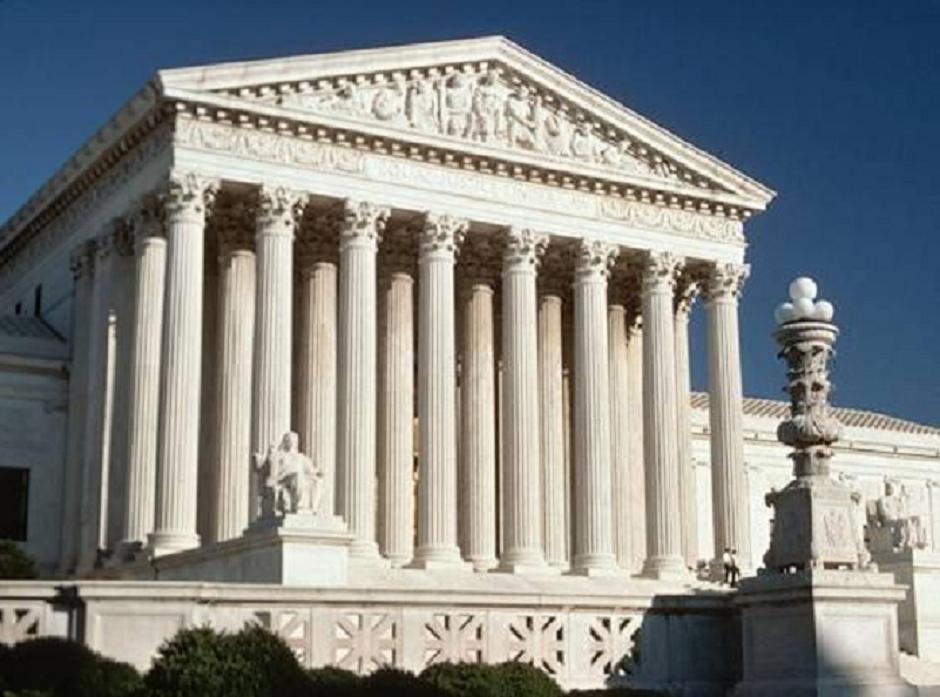Private Prisons and Accountability
Last week, in Minneci v. Pollard (No. 10-1104), the United States Supreme Court held that employees of privately run federal prisons cannot be sued for money damages for violations of constitutional rights. By coincidence, last week also saw the release of a new report on private prisons by the Sentencing Project. The report raises a multitude of concerns with private prisons, which may leave the reader troubled that the Supreme Court has now chosen to diminish the accountability of for-profit jailers.
Here are the (quite critical) conclusions of the Sentencing Project:


